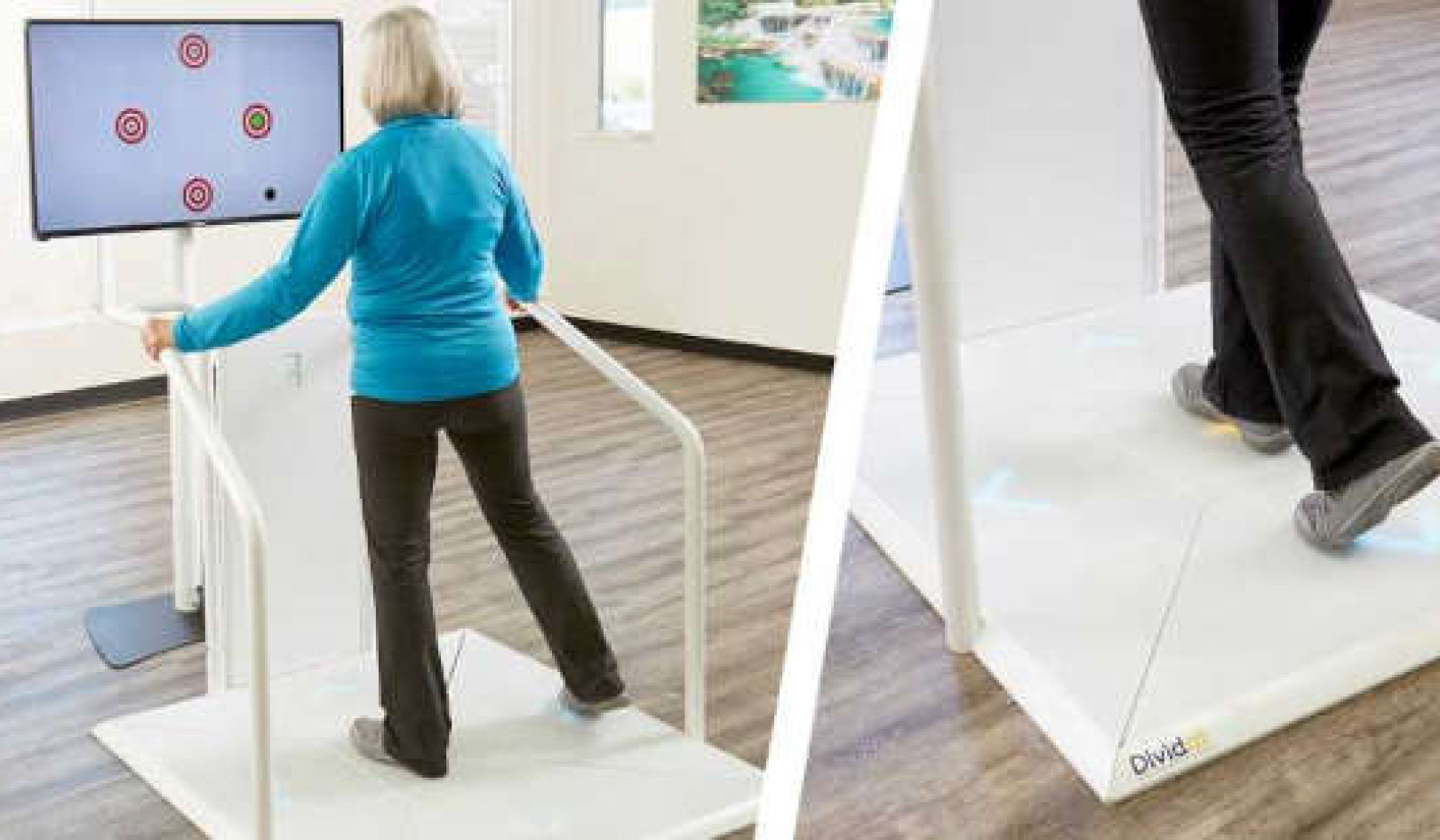
An overwhelming majority of people with periodontal disease are also at risk for diabetes and should be screened, a new study finds.
Further, half of those at risk had seen a dentist in the previous year, according to research by Shiela Strauss, associate professor of nursing at New York University. She concludes that dentists should consider routinely offering diabetes screenings in their offices.
The study examined data from 2,923 adult participants in the 2003-2004 National Health and Nutrition Examination Survey who had not been previously diagnosed with diabetes.
The survey, conducted by the National Center for Health Statistics of the Centers for Disease Control and Prevention, was designed to assess the health and nutritional status of adults and children in the United States.
Get The Latest By Email
Using guidelines established by the American Diabetes Association, Strauss determined that 93 percent of subjects who had periodontal disease were considered to be at high risk for diabetes and should be screened for diabetes.
This compares to 63 percent of those without periodontal disease.
“In light of these findings, the dental visit could be a useful opportunity to conduct an initial diabetes screening—an important first step in identifying those patients who need follow-up testing to diagnose the disease,” Strauss says.
The guidelines recommend diabetes screening for people at least 45 years of age with a body mass index (a comparative measure of weight and height) of 25 or more, as well as for those under 45 years of age with a BMI of 25 or more who also have at least one additional diabetes risk factor.
In Strauss’s study, two of those additional risk factors—high blood pressure and a first-degree relative (a parent or sibling) with diabetes—were reported in a significantly greater number of subjects with periodontal disease than in subjects without the disease.
Strauss’s findings, published Dec. 14 in the online edition of the Journal of Public Health Dentistry, add to a growing body of evidence linking periodontal infections to an increased risk for diabetes.
Strauss also examined how often those with gum disease and a risk for diabetes visit a dentist, finding that three in five reported a dental visit in the past two years; half in the past year; and a third in the past six months.
“It’s been estimated that 5.7 million Americans with diabetes were undiagnosed in 2007,” Strauss adds, “with the number expected to increase dramatically in coming years.
“The issue of undiagnosed diabetes is especially critical because early treatment and secondary prevention efforts may help to prevent or delay the long-term complications of diabetes that are responsible for reduced quality of life and increased levels of mortality among these patients. Thus, there is a critical need to increase opportunities for diabetes screening and early diabetes detection.”
Strauss says dentists could screen patients for diabetes by evaluating them for risk factors such as being overweight; belonging to a high-risk ethnic group (African American, Latino, Native American, Asian American, or Pacific Islander); having high cholesterol; high blood pressure; a first-degree relative with diabetes; or gestational diabetes mellitus; or having given birth to a baby weighing more than nine pounds.
Alternatively, dentists could use a glucometer—a diagnostic instrument for measuring blood glucose—to analyze finger-stick blood samples, or use the glucometer to evaluate blood samples taken from pockets of inflammation in the gums.
“The oral blood sample would arguably be more acceptable to dentists because providers and patients anticipate oral intervention in the dental office,” Strauss notes.
In an earlier study involving 46 subjects with periodontal disease published in June 2009 by the Journal of Periodontology, an NYU nursing-dental research team led by Strauss determined that the glucometer can provide reliable glucose-level readings for blood samples drawn from deep pockets of gum inflammation, and that those readings were highly correlated with glucometer readings for finger-stick blood samples.
In light of these findings, the dental visit could be a useful opportunity to conduct an initial diabetes screening—an important first step in identifying those patients who need follow-up testing to diagnose the disease,” says Shiela Strauss, who determined that 93 percent of subjects who had periodontal disease were considered to be at high risk for diabetes and should be screened for diabetes. This compares to 63 percent of those without periodontal disease.
Researchers from Lehman College of the City University of New York contributed to the study.
New York University news: www.nyu.edu/public.affairs/







